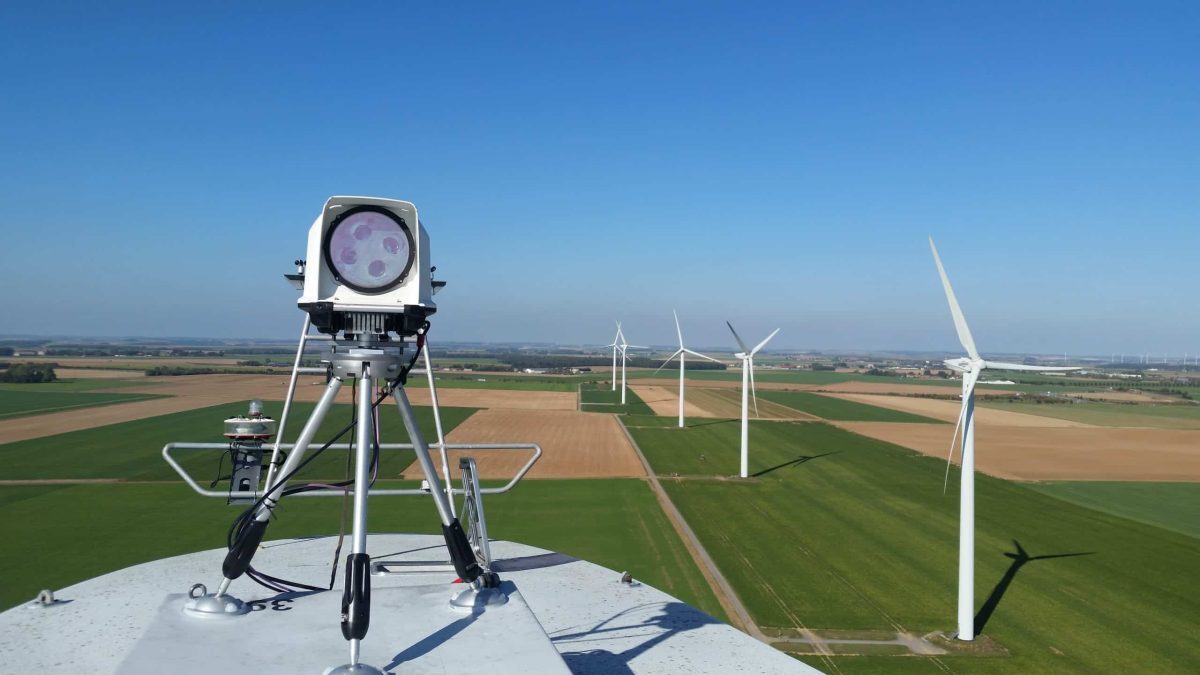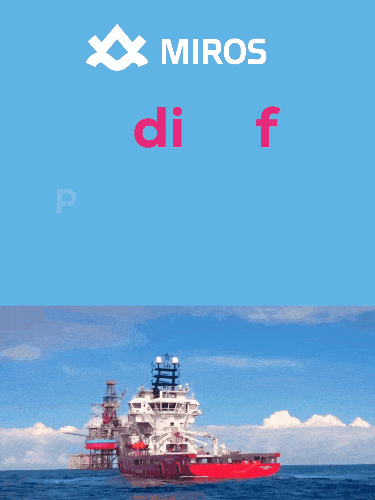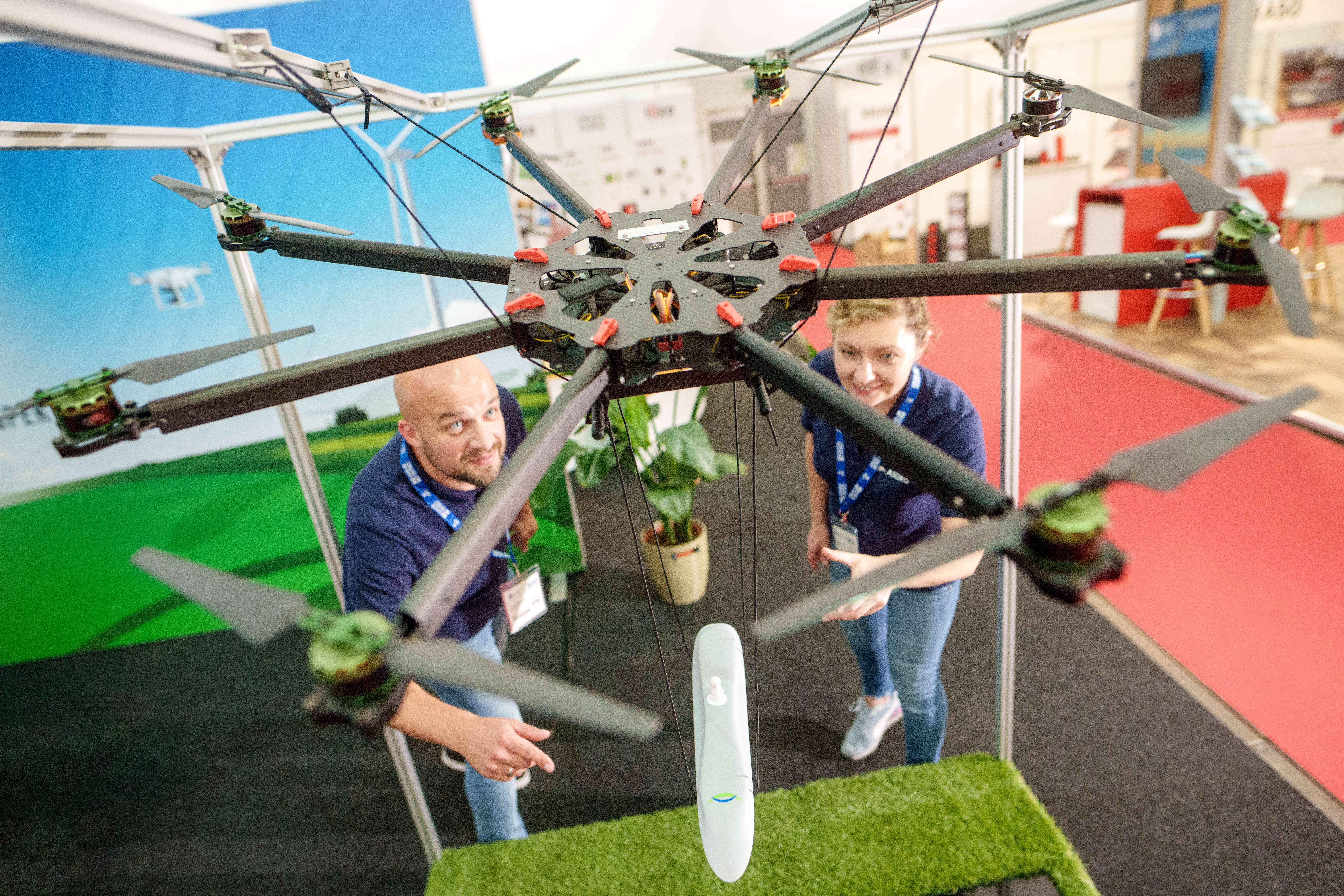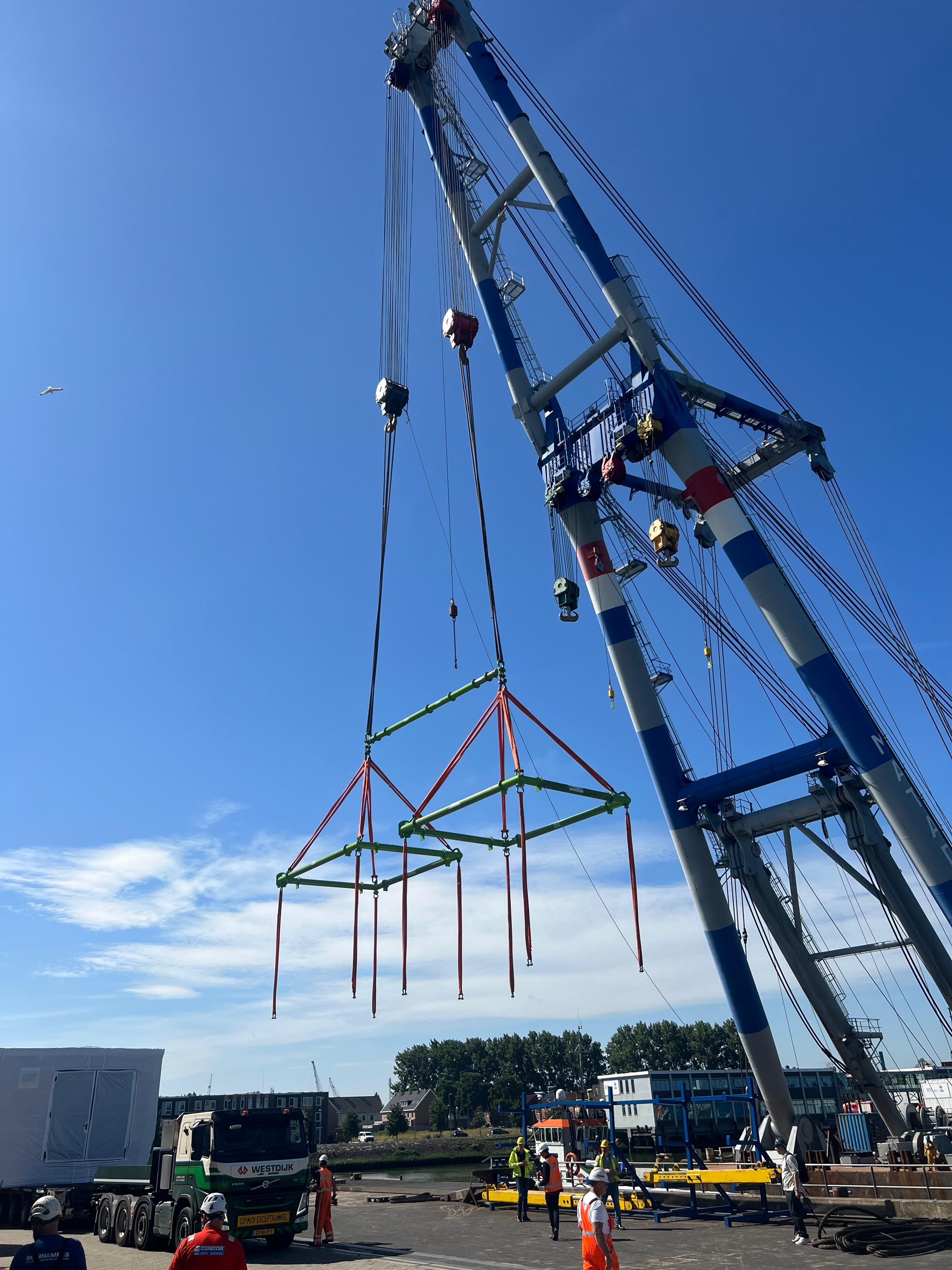Exclusive Articles
The importance of lidar in shaping the future of wind energy
Published in: Wind, Think Tank, Exclusive Articles

Lidar technology has come a long way since NASA first used it during 1971's Apollo 15 mission to the moon. Modern lidar systems have applications across many industries, and they are being used extensively by the wind power industry for both current and emerging onshore and offshore applications. Matthieu Boquet, Head of Market and Offering, Wind Energy for Vaisala, explores the potential for this technology in the future.
From research and development all the way through to post-construction operation and monitoring, lidar can be easily integrated into any stage of a project, including planning, funding, surveying, construction, assessment, monitoring and optimization. Due to advances in remote sensing technology and the numerous advantages that come with it, these systems are quickly replacing or co-existing with traditional masts on wind projects across the globe.
Lidar is also mobile and with a small footprint that is not disruptive to the landscape or the environment, so systems can be deployed rapidly, safely and with great flexibility. As a result, it can be used temporarily if needed for only one stage of a wind project, and then easily repurposed for other stages or projects.
To read the full content, please download the PDF below.
Download full article.gif)










